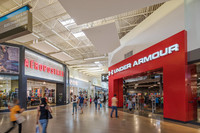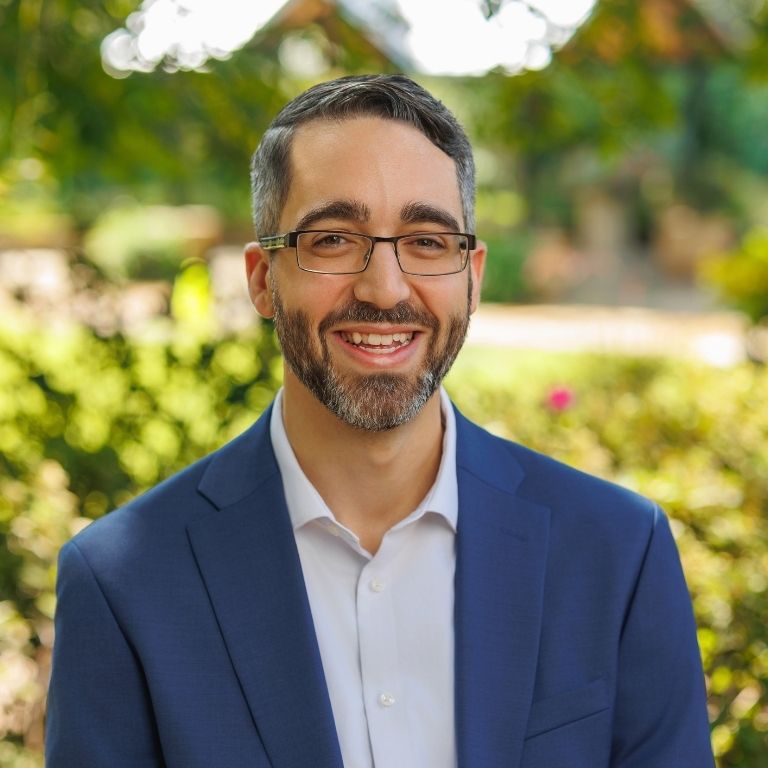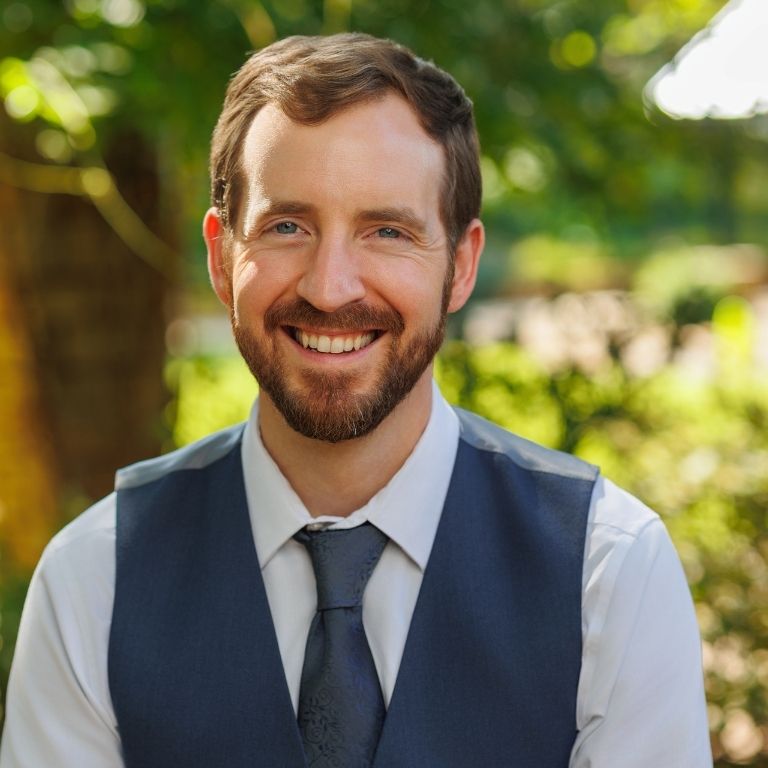Remember When Grapevine Nearly Doubled in Size Overnight?
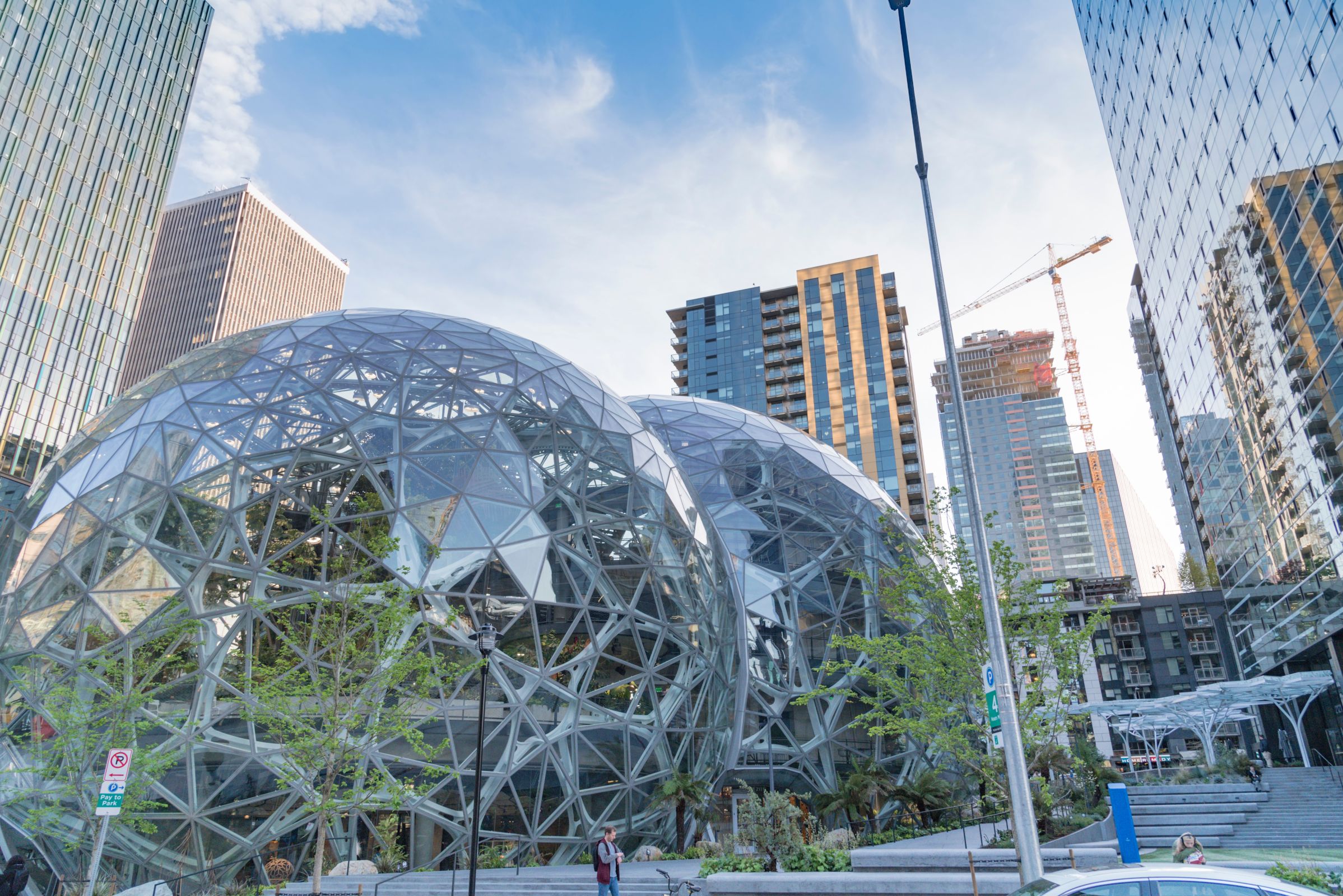
4 Apr 2023
Blog, News
Five years ago, Amazon selected Queens, New York, and Arlington, Virginia as the bifurcated site of their long-anticipated HQ2 project: a supplemental headquarters for the fast-growing company as it expanded its footprint far beyond Seattle. That decision marked the end of a yearslong competition between communities around the United States, culminating in the selection of 20 “Finalists” from a list of bids including hundreds of cities and metropolitan areas. Officially, “Dallas” was a finalist. But the site in question was right here in Grapevine.
No final rankings were ever published, so it’s difficult to say just how close our City’s joint pitch with the Dallas-Fort Worth International Airport came to winning the multi-billion-dollar development. But the decision isn’t the only valuable part of the story.
Today, we’re taking a closer look at one of the biggest collaborative projects in the history of the DFW metroplex: what it would have meant, how things might have changed if it had come to fruition, and what we learned along the way.
Talent, Access, and the Arts: Amazon’s Tall Order
While hundreds of communities submitted a bid to become Amazon’s next hometown, only a handful were truly viable under the intense requirements specified in the company’s Request for Qualifications. The full list was too exhaustive to republish here, but it included things like public transportation with direct access to one or more arts districts, access to any market within the continental US within a specific timetable, a sizeable number of ready-to-hire white collar workers, and – of course – shovel-ready land or available office inventory that could house around 30,000 employees. That’s a lot to ask, but not enough to tamp down enthusiasm. To understand the draw of projects like this one, we called the man who spearheaded Grapevine’s recruitment effort: Bob Farley.
“Headquarters, in general, tend to be considered the crown jewel of economic development,” Farley said. “They generally bring the highest-paid jobs. Because they’re command centers, they often leverage additional investment. You might find over time that they’re increasing Research or increasing IT; they’re increasing things that are sort of tech-oriented jobs that pay more than the average and bring in technical talent that regions like to attract.”
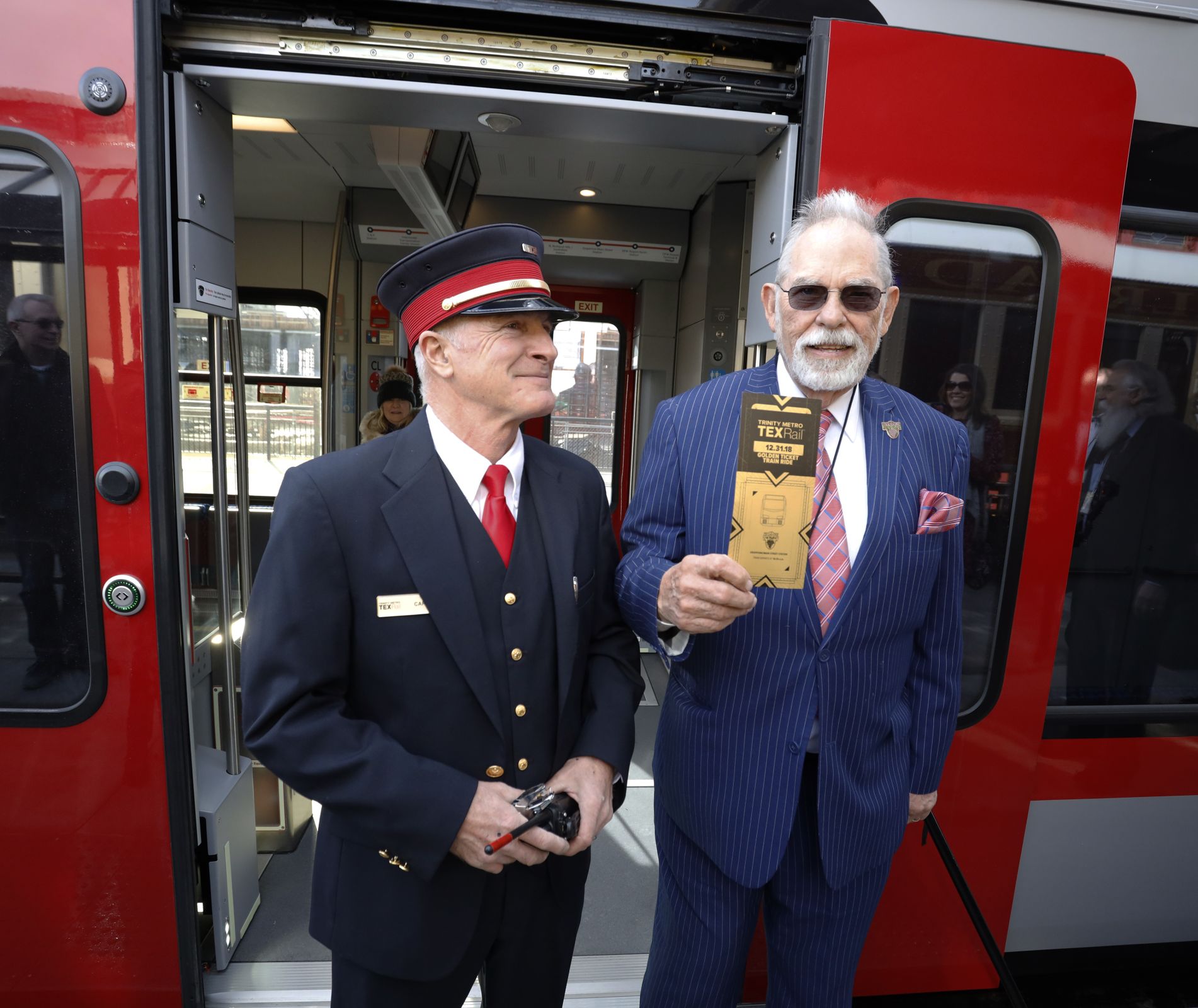 Much of the conversation around the HQ2 project revolved around the inherent value of hosting one of the biggest companies in the world. At the time, Amazon was netting a quarter-trillion dollars in annual sales revenue. It was and continues to be one of the biggest and most recognizable brands in the world, with a global trade network built into its operational bones. Even setting aside the direct cash infusion set to accompany the development, a headquarters of that magnitude would completely alter the fabric of almost any community. The list of benefits is long, including increased exposure for the City in question, an influx of quality jobs, and a spike in related business.
Much of the conversation around the HQ2 project revolved around the inherent value of hosting one of the biggest companies in the world. At the time, Amazon was netting a quarter-trillion dollars in annual sales revenue. It was and continues to be one of the biggest and most recognizable brands in the world, with a global trade network built into its operational bones. Even setting aside the direct cash infusion set to accompany the development, a headquarters of that magnitude would completely alter the fabric of almost any community. The list of benefits is long, including increased exposure for the City in question, an influx of quality jobs, and a spike in related business.
“They were talking about 5,000 jobs salaried at over a million dollars a year,” said Paul Lee, a Senior Civil Engineer here in Grapevine. “They had many, many office buildings that they were going to construct. And you not only have that part of the project, but then you’ll have projects that shoot off in support of it. So that would have been globally changing, for not only Grapevine but the Metroplex as a whole.”
Of course, that kind of transformation isn’t simple or easy to achieve. One needs only to consider the complicated status of the current HQ2 project to understand how much a project can change between inception and completion. The proposed site in Queens fell through, and the final development in Arlington, VA hasn’t progressed as far as expected since breaking ground several years ago. Despite COVID delays and a remote working revolution, however, construction at National Landing has yielded nearly 100,000 square feet of retail space, an Alamo Drafthouse movie theater, a quarter-million square feet of office space, an Amazon Fresh grocery store, and nearly 1,500 apartment units. And that’s just completed construction. You can more than double most of those numbers if you count planned and ongoing projects.
Growing Pains and Massive Gains
Construction here in Grapevine wouldn’t have perfectly mirrored what was done on the East Coast. But it’s a useful benchmark, reflecting the speed at which large projects like this one can change a community. In all likelihood, HQ2 could have been transformative for North Texas as a whole.
“All of the cities surrounding Grapevine would have developed differently, had HQ2 occurred,” Lee said. “People want to be located close to the people they’re serving; that’s the way you make good business. So some of the Industrial on the other side of Texan Trail would have been, probably, demo’ed and converted to something with a higher, more dense use... we’d double the number of restaurants, as well. All of those types of service businesses would grow. Dry cleaners. Grocery stores, hopefully. There would have still been a lot of traffic going in and out; all the people who want to sell to Amazon. All the vendors coming in from around the world and trying to get Amazon executives to see their product and include their product on Amazon. These are people we would like to have visit the city. It would give us worldwide exposure... and all of those people flying in would have to stay in our local hotels and visit our local businesses."
 But, he cautions, those things would come at a cost:
But, he cautions, those things would come at a cost:
“It would have required a lot of infrastructure to be constructed for a lot of things... it would have been challenging for the City, because a lot of the costs of putting in the infrastructure would occur before the income of the tax revenue generated from the [project]. So we would have to find ways to bond and fund that infrastructure in order to support it. We had just completed some really large projects in the City – Grapevine Main and the Vin, the Public Safety Building, the new Animal Shelter – so the timing of funding all that infrastructure would have been interesting. But having landed the contract, I think the funding would have appeared... but all of that would have required a massive increase in City Staff. And just like any business, when you grow quickly, there is pain.”
“Construction didn’t slow down during COVID. It was one of the essential businesses that continued. However, all the Supply Chain for everything that construction does? That did stop. It wasn’t really during COVID that we had all the problems, even with the ongoing development. It was halfway through, when everybody realized: ‘all the inventories of all the parts are gone, and nobody is making any more.’ If we had HQ2, that inventory would have been gone in a month.”
What Comes Next?
If you’d like to hear a more detailed exploration of the Grapevine That Could Have Been, we recommend the latest episode of the Growing Grapevine podcast. For now, suffice it to say that all the good things outlined above are still possible here in Grapevine. In fact, a more patient and sustainable approach to user recruitment and placemaking could even reduce the logistical burden of the transformation. If anything, our place as a finalist in this discussion will prove to be a valuable source of information as we continue to develop strategic corridors around the City.
“As a general rule, I think most economic development organizations feel like this is the top of the food pyramid for us,” Farley said. “Let’s go ahead and compete, because we want to be known as competitive in this market space, whether this particular project lands or something else comes behind it.”
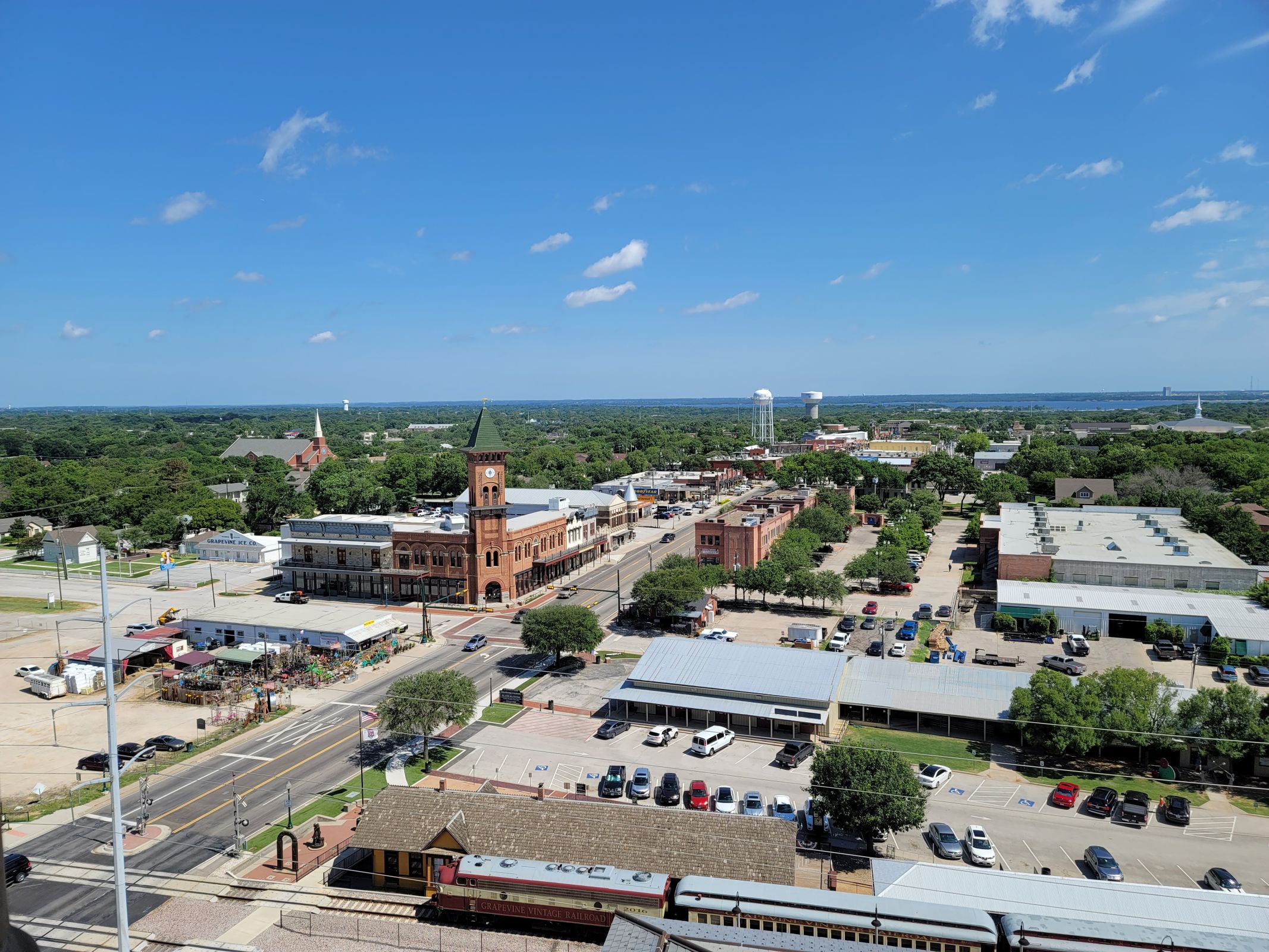 “Any project of that size, in the economic development world, is just fun to work on. Those opportunities are fairly unique, and you want to do your best. You’re not going to win them all, but competing itself is part of the value. Each one of these pitches, as you go, builds a better foundation for telling a regional story. That’s the key to a large market or region: use all of the collective assets to win and win repeatedly.”
“Any project of that size, in the economic development world, is just fun to work on. Those opportunities are fairly unique, and you want to do your best. You’re not going to win them all, but competing itself is part of the value. Each one of these pitches, as you go, builds a better foundation for telling a regional story. That’s the key to a large market or region: use all of the collective assets to win and win repeatedly.”
The same 100-acre plot of airport land that Amazon passed over remains available today, waiting for the right user. An underutilized TEXRail station stands just beyond the reach of the Transit District in the heart of Grapevine, soon to be connected to North Dallas by the DART Silver Line; a commuter rail that will extend service from Fort Worth through our City and into Plano. Dallas Road continues to develop Eastward toward DFW Airport North Station, and new companies announce their dream of moving into North Texas all the time. So this far-off reality may be closer than it appears.
“Everybody came to the table looking for the best answer,” Lee said. “What I really hope is that we learned a little bit and maybe we can use some of those examples and move on, so that future development can occur in the same way. It probably will still occur. It’s just going to take a longer period of time. And that’s actually how all development goes; how all cities grow.”
FOR MORE ON GRAPEVINE’S UNIQUE ECONOMY AND INNOVATIVE APPROACH TO COMMUNITY BUILDING, CHECK OUT THE GROWING GRAPEVINE PODCAST OR REGISTER TO RECEIVE OUR MONTHLY ENEWSLETTER.
More Topics

